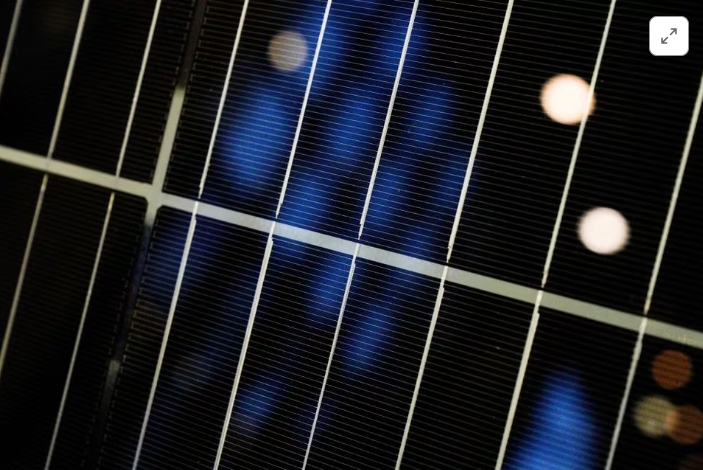
Solar panel generation rose to 30.6 Terawatt hours (TWh) while wind farms produced 23.4 TWh, Terna said.
It added that all renewable sources, including hydroelectric plants, covered nearly 37% of electricity demand, up from 31% in 2022, showing that 2030 energy transition targets for the country could be feasible.
Italy aims to generate nearly two thirds of its electricity from renewable energy sources by 2030, the energy ministry said last June in its draft Plan for Energy and Climate (PNIEC).
However, the development of solar and wind farms in Italy faces multiple challenges including a lengthy process to win permits and in some cases resistance from local administrations and the public who fear damage to both the landscape and agriculture.
On Monday Terna also said that newly-installed renewable capacity rose by 5.8 gigawatt (GW), signalling a big jump compared with 2022 when new additions in green capacity were equal to 2.7 GW.
Power production from gas-fired and coal-fired stations fell respectively 17.4% and 42% last year compensated by the rise in both green production and electricity imports from abroad.
In 2023 total power consumption in the country fell 2.8% year-on-year, to 306.1 TWh, Terna added.